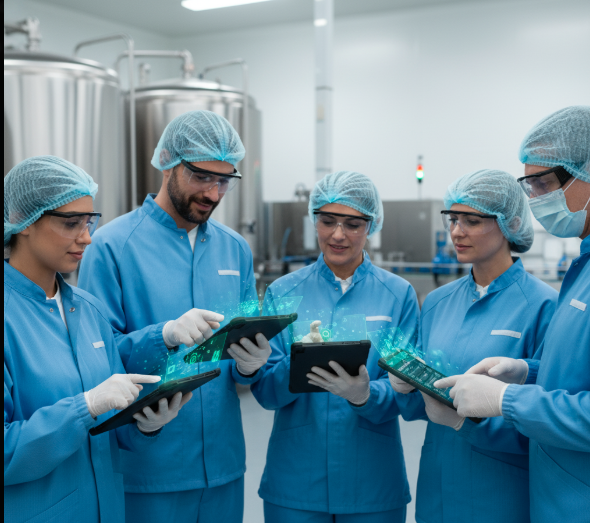
Lorem ipsum dolor sit amet, consectetur adipiscing elit lobortis arcu enim urna adipiscing praesent velit viverra sit semper lorem eu cursus vel hendrerit elementum morbi curabitur etiam nibh justo, lorem aliquet donec sed sit mi dignissim at ante massa mattis.
Vitae congue eu consequat ac felis placerat vestibulum lectus mauris ultrices cursus sit amet dictum sit amet justo donec enim diam porttitor lacus luctus accumsan tortor posuere praesent tristique magna sit amet purus gravida quis blandit turpis.
At risus viverra adipiscing at in tellus integer feugiat nisl pretium fusce id velit ut tortor sagittis orci a scelerisque purus semper eget at lectus urna duis convallis. porta nibh venenatis cras sed felis eget neque laoreet suspendisse interdum consectetur libero id faucibus nisl donec pretium vulputate sapien nec sagittis aliquam nunc lobortis mattis aliquam faucibus purus in.
Nisi quis eleifend quam adipiscing vitae aliquet bibendum enim facilisis gravida neque. Velit euismod in pellentesque massa placerat volutpat lacus laoreet non curabitur gravida odio aenean sed adipiscing diam donec adipiscing tristique risus. amet est placerat in egestas erat imperdiet sed euismod nisi.
“Nisi quis eleifend quam adipiscing vitae aliquet bibendum enim facilisis gravida neque velit euismod in pellentesque massa placerat”
Eget lorem dolor sed viverra ipsum nunc aliquet bibendum felis donec et odio pellentesque diam volutpat commodo sed egestas aliquam sem fringilla ut morbi tincidunt augue interdum velit euismod eu tincidunt tortor aliquam nulla facilisi aenean sed adipiscing diam donec adipiscing ut lectus arcu bibendum at varius vel pharetra nibh venenatis cras sed felis eget dolor cosnectur drolo.
The narrative surrounding automation and AI in manufacturing often centers on the idea of machines replacing human jobs. While technology is certainly transforming the factory floor, a more powerful and accurate story is emerging: that of the augmented operator. In this vision, technology doesn't replace people; it empowers them, filling knowledge gaps and transforming manual labor into high-value, strategic work.
One of the biggest challenges facing the manufacturing sector today is the combination of a looming skills gap and the loss of institutional knowledge. As an aging workforce retires, it takes decades of accumulated expertise with it—the subtle nuances of machine operation, the intuition for troubleshooting, and the deep understanding of complex processes. This "tribal knowledge" is difficult to codify and even harder to transfer to a new generation of workers. This is where a digital transformation strategy must be a human-centric one.
Traditional training methods—paper manuals, lengthy PDFs, or passive videos—are no longer sufficient. They are static, hard to update, and fail to provide the real-time feedback that modern work requires. AI-powered digital work instructions offer a solution that is both effective and engaging. These platforms provide dynamic, multimedia-rich guides that are delivered directly to the frontline. An operator can access a step-by-step workflow with images, videos, and augmented reality overlays that guide them through a task. This not only standardizes the process but also accelerates the learning curve for new hires.
For example, a new technician learning to perform a complex maintenance procedure on a specific machine can follow a digital checklist that verifies each step. The system can provide an instant tutorial video on how to use a particular tool, or highlight a critical safety warning at the exact moment it's needed. This on-the-job training is far more effective than a classroom setting and ensures consistency across all shifts and locations.
By automating mundane or repetitive tasks and providing real-time support for complex ones, AI frees up frontline workers to focus on more strategic activities. Instead of spending time searching for a paper manual or trying to recall a forgotten procedure, they can concentrate on problem-solving, quality improvement, and innovation. This shift elevates the role of the operator from a simple executor to a critical decision-maker on the factory floor.
This empowerment has a direct impact on employee morale and retention. When workers feel supported by technology and see that their roles are evolving to be more challenging and rewarding, they are more engaged and less likely to seek employment elsewhere. It shows that the company is investing in their growth and sees them as a valuable part of the future, not just a cog in the machine.
In a world where supply chains are increasingly fragile and market demands can shift overnight, a flexible and skilled workforce is a competitive necessity. A human-centric digital transformation, like the one enabled by Stryza's platform, builds this resilience. It ensures that critical knowledge is captured and made accessible, that new skills can be acquired rapidly, and that your team is prepared for whatever challenges come next. This isn't just about digital transformation; it's about building a more adaptable, capable, and confident workforce ready for the future of manufacturing.
Book a free demo of our application and see how it can take your manufacturing operations to the next level.


